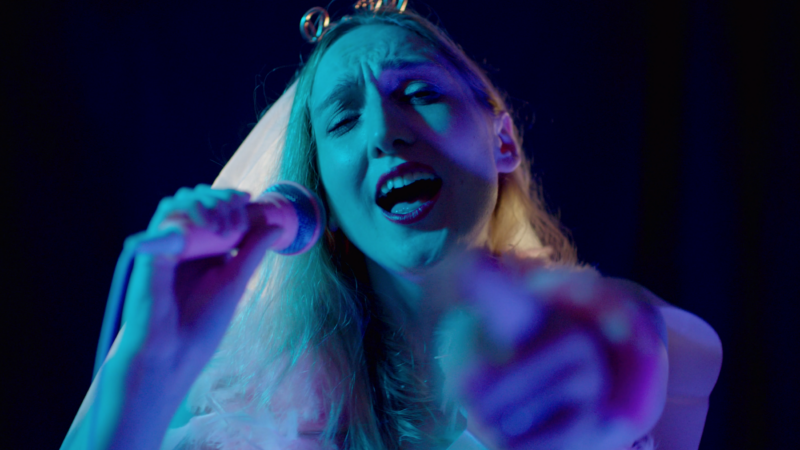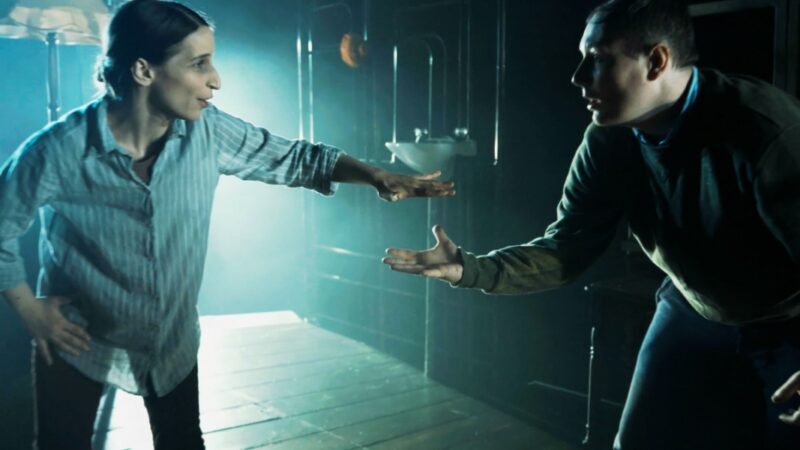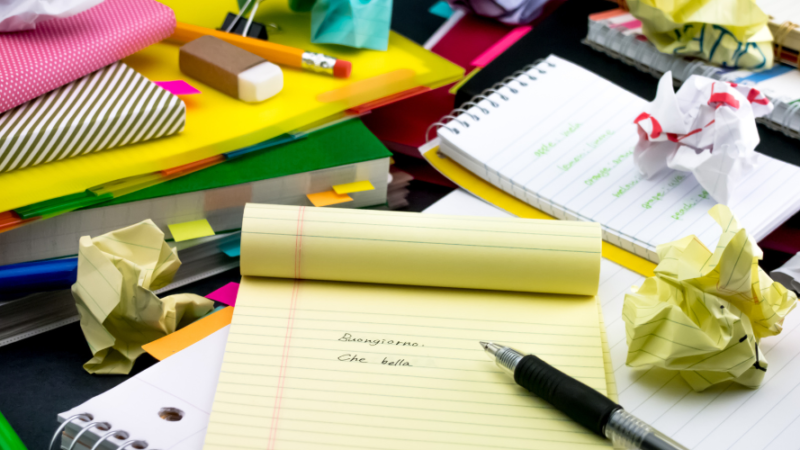Introduction
Long read – 15 mins
The digital sphere is an exciting, ever-evolving space in arts and culture, and the opportunities for artistic innovation and radical storytelling are vast. However, the rapid pace of development in digital technology and platforms means that the diverse access needs of audiences are often only considered as an afterthought or left behind entirely. This is especially so in the cultural sector, where limited resources mean we often can’t make full use of the capabilities of digital technology.
At The Space, we believe inclusivity and creativity should go hand-in-hand, and that digital accessibility should be woven into digital content creation. When we use the term ‘digital accessibility’, we are referring to the extent to which everybody, regardless of their physical or neurological experience of the world, can engage with online arts and culture content with the same ease. Digital accessibility is based on the principles of universal design. These offer a framework to create products, environments, programmes and services that can be used and experienced by as many people as possible. The importance of these principles is what underpins our own Digital Accessibility Commitments.
To help us to identify more inclusive, accessible digital working practices, we recently convened an Accessibility Working Group with Disabled arts practitioner, curator, consultant and international activist Zoe Partington. Across five sessions, we were joined by activists, artists and industry professionals, who together started to build a picture of the current obstacles, industry needs and the radical potential of a more accessible cultural sector.
In our document Digital Accessibility: Best Practice we have also pulled together the knowledge and ideas from these sessions to create a practical guide to improving digital accessibility, from large scale changes to small adjustments.
However, to create and drive this change, we must first challenge deeply held assumptions about what culture looks like. In this document, we draw on and quote some of the insights from our Working Group participants to describe the fundamental cultural shift we believe is required to put accessibility at the heart of everything we do. We also ask the questions that help us think differently about how we create digital content.
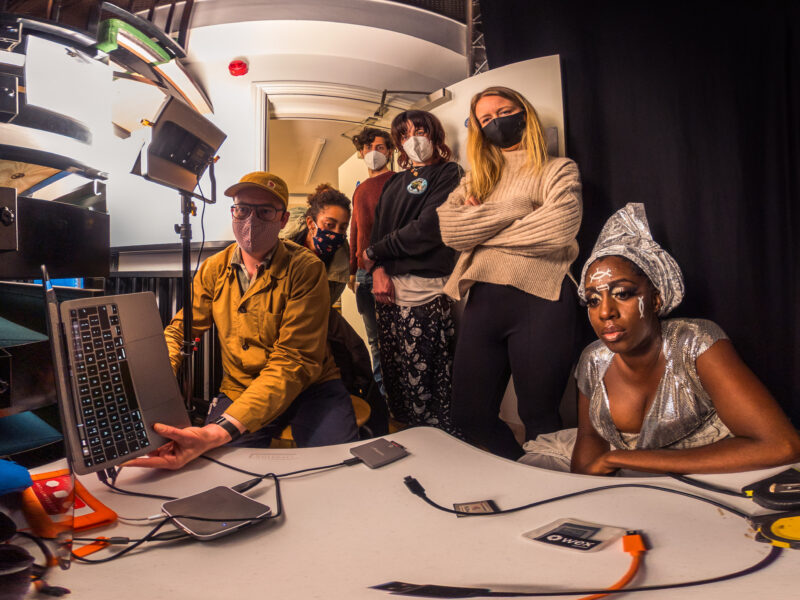
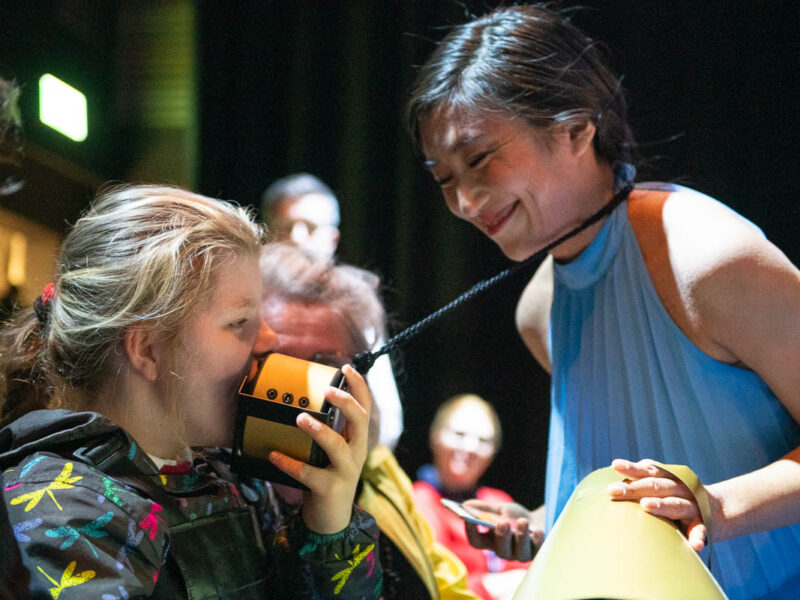
The tipping point: why it’s time to act on digital accessibility
Almost 16 million people in the UK identify as Deaf, Disabled or Neurodivergent (from now on we’ll use the umbrella term ‘Disabled’ to refer to this group). This means that one in four of us may experience significant barriers to accessing arts and culture in our lifetime.
Too often, Disabled people are pushed to the margins of society and devalued as participants in our culture, with their voices not often heard or their experiences expressed in our stories.
While conversations about how to improve access to arts and culture have been ongoing for at least 50 years, there has been little consistent improvement or cultural change across the sector. But, in the wake of the pandemic, we are now arriving at a tipping point.
During the Covid-19 lockdown, access needs were foregrounded for all and, through sheer universal necessity, arts organisations were forced to use digital technology creatively and differently to provide access to cultural experiences, though there were still some who didn’t use the opportunity to explore accessibility.
“We’re now seeing lots of organisations going back to how they used to do things”, says Zoe Partington. “But there is still an opportunity to seize upon what we learned during the pandemic and build on it to enact meaningful, long-lasting change.”
Crucially, we would argue, this change has to be instigated at the top level by arts organisations and funders. For too long the burden has fallen on Disabled activists to fight for their own rights to digital access, leading to widespread ‘disability burnout’ in the sector. If organisations are to take responsibility for digital accessibility, there not only has to be a strategic and practical shift – as outlined in the Best Practice document – but a transformation in how we think. In other words, we need to recognise and understand the societal bias towards Non-disabled experience.
The cultural shift: asking new questions
1. Why aren’t we including Disabled people?
If we ask ourselves, “Why should we include Disabled people in the arts and culture sector?”, we can answer in terms of the basic human rights of Disabled people: that all people are equally deserving of a place in society and culture.
But if we ask, “Why aren’t we including Disabled people?” the focus shifts to the Non-disabled mindset of the culture we’re operating in. We create experiences for Non-disabled people, because that’s how we’re conditioned to see our world: a place for the Non-disabled. This biased perception is illustrated by the social model of disability, which shows that Disabled people are not dis-abled by their impairment or neurological difference, but by the barriers they encounter in society.
To highlight how deeply ingrained our Non-disabled mindset is, Natasha Trotman gave the example of ‘Reference Man’, a ‘typical’ person who was originally devised in 1975 to measure safe levels of exposure to radiation. Reference Man is male, Caucasian, between 20 and 30 years of age, weighs 70kg, is 170cm tall and lives in Western Europe or North America. It is assumed he has no illnesses or disabilities. “Even today”, Natasha says, “Reference Man still seeps into outputs in medicine and other areas”. Lara Ratnajara also gives the example of seatbelts in cars being designed for a similarly ‘average’ person.
This is why, when an arts organisation receives funding, it spends it on creating a Non-disabled experience and expects additional funding to make it accessible. Culturally, our default reference for our audiences is a Non-disabled person. Just as progressive racial and gender politics are overturning the cultural privileging of the white, western male, we need to transform the way we think about accessibility.
Another way of reframing this unconscious bias when producing digital content is to ask ourselves, “Why do we want to devise and publish inaccessible digital experiences?”. Probably the answer is “We don’t”. We’re just conditioned to act that way.
To build a more inclusive digital future, The Space’s Creative Director Fiona Morris says we must start designing digital projects with accessibility embedded from the very beginning: “We need to stop treating access as an ‘add on’. It has to be absolutely intrinsic.”
2. What is being lost by excluding Disabled people?
One of the central considerations when making a cultural shift towards digital inclusivity is how to frame the value of accessibility. Often the question will be asked at a strategic level: “What will be gained by making digital work accessible?” This question starts from the assumption that the default digital work is for Non-disabled people. As Lara Ratnaraja says, “We need to ask what we are losing by excluding Disabled people, rather than what we are adding”. With this question, we can start to see how our culture is suffering from a lack of diversity.
There are two distinct layers to the value proposition of digital accessibility. One – the ethical and moral value – underlies the other. Not only does everyone deserve equal access to all aspects of society and culture but, by excluding Disabled artists from digital creativity, we lose an entire spectrum of lived experience from the arts. A digitally inclusive future opens up a truer, more vibrant cultural space in which our differences can be celebrated and acknowledged. The value, therefore, is for the whole of society.
The other layer is the ‘business case’ for accessibility. To make digital work accessible to everyone, it is essential that adequate resources are allocated, both in terms of staffing and project budget so that accessibility is built into all aspects of the content. And this often requires an argument to be made around the budgeting table.
But again, the business case is clear. By excluding Disabled people, arts organisations are losing audience members. If a Disabled person can engage with a work in a way that accommodates their access needs, they are more likely to enjoy it, and more likely to engage with that organisation’s work in the future. With 1.3 billion Disabled people worldwide, the potential reach of inclusive digital work is huge.
The economic impact is clear in terms of digital inclusion: for every £1 invested there is a £9.48 economic return. The business case is so clear, in fact, that the commercial sector has often responded more quickly to the access needs of Disabled people. Lara gives the example of the US gaming industry: “As there is a high proportion of Disabled users in the gaming world, the industry was very quick to cater to their needs, ensuring that they kept their custom.”
3. What are the opportunities for digital innovation?
Simon McKeown notes that digital accessibility is often seen as a chore: “We need to start seeing accessibility in terms of new forms of engagement, not new forms of problems.” This sense of excitement and opportunity lies at the heart of the Disabled arts movement. Digital accessibility doesn’t have to be a functional means to an end. It can be a playful encounter between creator and digital technology, in which new forms can emerge.
Often, the creative output for an accessible digital work is as stimulating and enjoyable for a Non-disabled person as it is for a Disabled person. Audio captioning, for instance, is often considered an art form in its own right, and creative captioning is also beginning to take off.
Zoe Partington uses the text message as an example of how the need for inclusion often leads to innovation: “Nokia was originally only going to design mobile phones with a voicemail function. It was only after push back from the Deaf community that they invented the text message. Now, we’re all using messaging to communicate!”
It was also a drive for accessibility that invented the audiobook, a form that is now enjoyed by millions of people, regardless of their access needs. “Audiobooks as we know them today began life in the RNIB’s talking book studios” says Zoe. “Books were read aloud and recorded by volunteers and made free for blind people. It wasn’t until much later that professional actors were brought in, and the form popularised.”
To emphasise the creative potential of inclusive digital work, Jeff Rowlings suggests we ask arts organisations: “How are you building brilliant experiences?” This shifts away from focusing only on access and inclusion to the broader picture of how mainstream work stays fresh and relevant. “Disabled people are always adding value” Jeff says, “even if it’s simply through having to do things differently. The necessity of access means Disabled people often venture where other people fear to tread.”
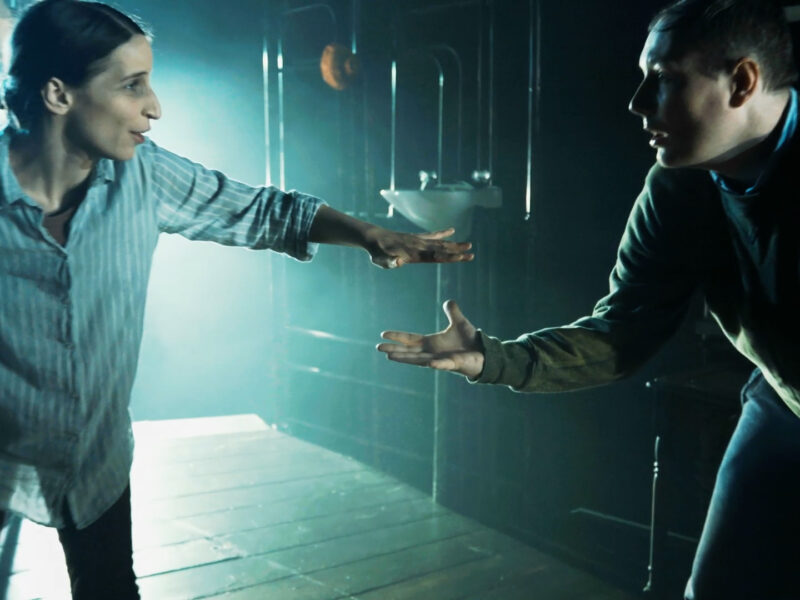
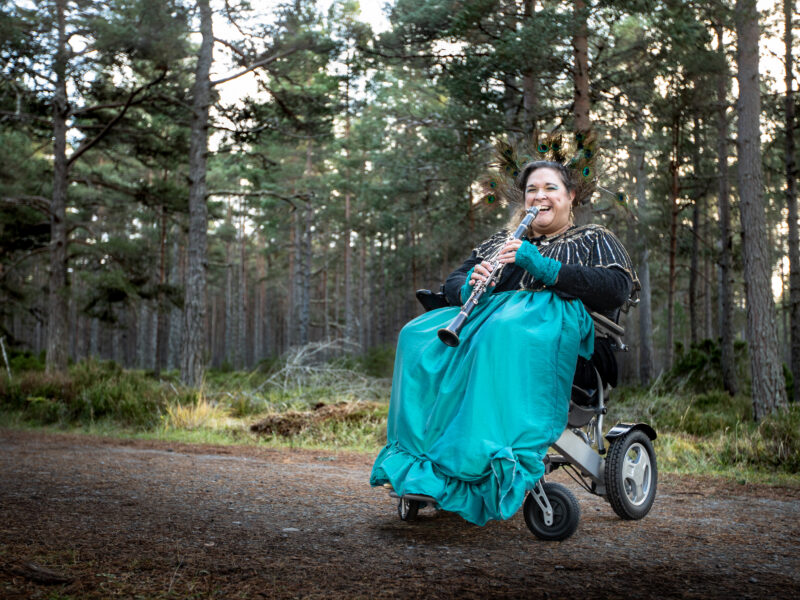
Conclusion
In the arts and cultural sector, we voice experience in ways that allow the imagination of our fellow human beings to be awakened. When we create accessible digital work, we enable Disabled people to share in our collective dreams and aspirations and to showcase their work on an equal platform.
This spirit of collaboration with Disabled people helps us move towards an increasingly dynamic, vibrant and responsive digital future, based on equality and social justice. But it’s crucial to understand that to create equality, we can’t always treat everyone the same. Often we need to support different people in different ways. Embracing difference as positive is paramount to opening up our cultural offer.
Change can often be daunting, but the key to success in digital accessibility is to keep moving forward in an iterative and open way. Be honest and welcoming to Disabled people, measure the impact of what you’re doing and ask how you can continue to improve – even if only in small ways. As Zoe says, “It doesn’t matter where you start, so long as you do start.”
We hope this document and the accompanying Digital Accessibility: Best Practice document help to open up the vast opportunities for artistic innovation that an inclusive digital world brings.
List of contributors
This resource arose out of conversations with the following people, all of whom attended and contributed to The Space’s Action Working Group in spring/summer 2023:
-
Ceri Barrow, Plus Tate Coordinator, National Partnerships, Tate
Roberta Beatie, Tech Champion for Digital Accessibility, Digital Culture Network
Samuel Brewer, Arts and Communities Lead, CRIPtic Arts.
Rachel Broomhead, Content Writer and Researcher, The Space
Harmeet Chagger-Khan, Head of Innovation, The Space
Lynn Cox, Artist, Audio Describer & Access Specialist Disability Inclusion Consultant, Arts Coaching Training
Marina Elvira, Digital Programme Manager, VocalEyes
Josie Fraser, Head of Digital Policy, National Lottery Heritage Fund
Jamie Hale, Artistic Director of CRIPtic Arts and Independent Freelancer and Consultant
Alice Hargreaves, Founder, Sick in the City CIC (SIC)
Dr Katharina C. Husemann, Senior Lecturer in Marketing, King’s Business School
Cathy Mager, Freelance Curator and Artist
Simon McKeown, Professor of Art, Teesside University
Andrew Miller, UK Arts Access Champion and creative consultant
Fiona Morris, CEO, The Space
Aidan Moseby, Artist/Curator/Access consultant
Zoe Partington, Access Consultant
Tanya Raabe-Webber, Freelance Artist, Consultant/Trainer/Mentor
Lara Ratnaraja, Independent Cultural Consultant
Jeff Rowlings, Head of Programme, Shape Arts
Jhinuck Sarkar, Illustrator, Educator & Creative Access Consultant
Fiona Slater, Head of Access & Equity, Science Musuem Group and Independent Consultant
Alison Smith aka Pesky People, Independent Arts / Access Consultant / Access Coordinator
Anna Starkey, Freelance Writer, Curator, Producer
Natasha Trotman, Equalities Designer, Researcher, Independent Consultant
Jamie Wright, Associate, The Space
How useful was this resource?

